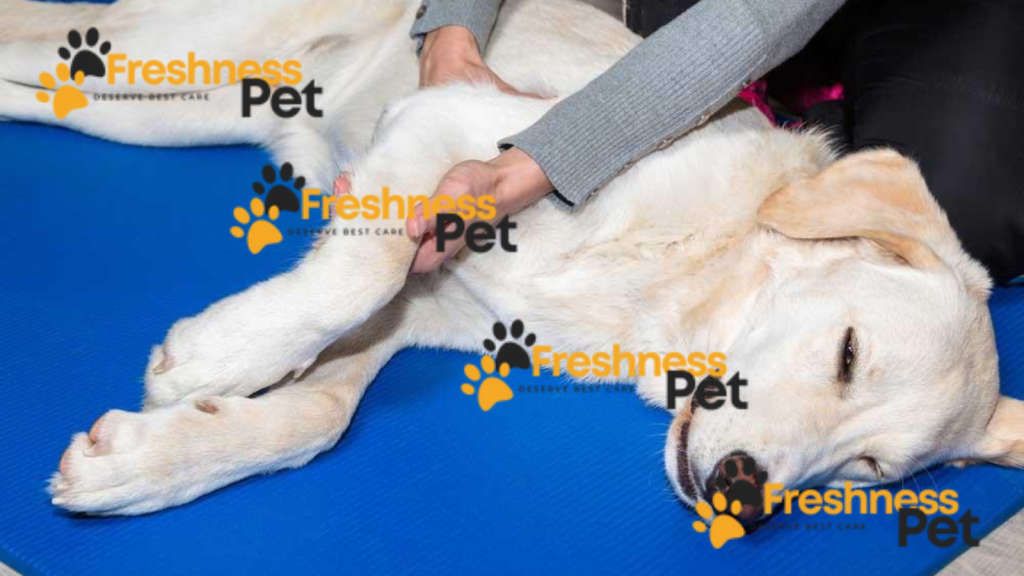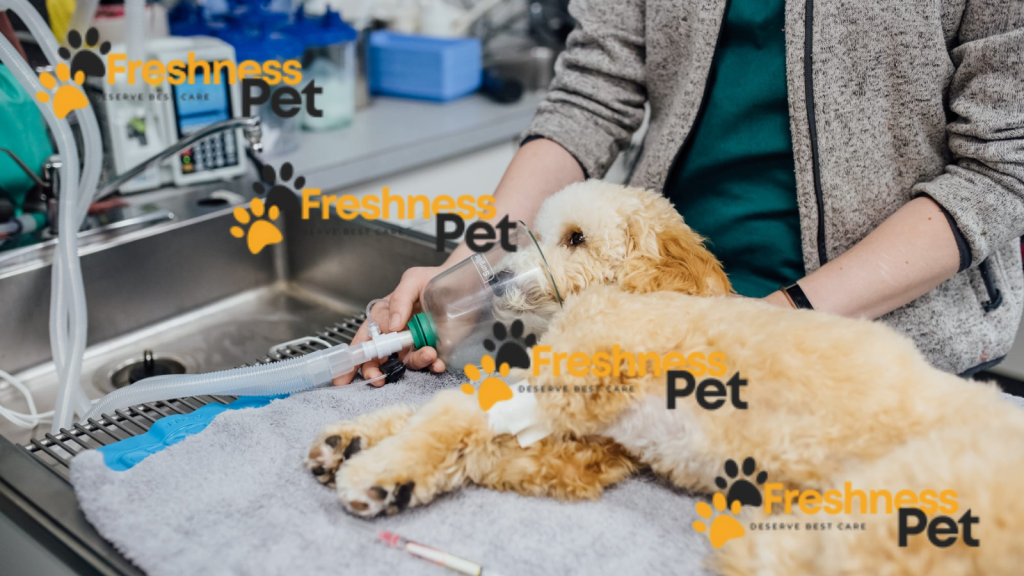

Anesthesia Pets
Anesthesia is a technique that is used to ensure that pets do not feel pain during some of the clinical procedures that are done on them. It is like a moment when you go to the dentist, and he offers you a solution to numb your mouth. For pets, it means they set the little ones unconscious so that they do not agitate and fidget. This is particularly critical in operations or other processes that may be ongoing since movement can lead to certain issues.
Why is Anesthesia Necessary?
In many instances, pets require anesthesia which can be used on them. Some of the common explanations include the treatment of teeth, operations, and some procedures. Pets get to feel a lot of pain and they are very scared when they have to be operated without undergoing anesthesia. They might also get carried around too much, which poses a difficult situation for the veterinarian.
Types of Procedures Requiring Anesthesia
- Dentistry: All animals, including pets require periodic dental checkups. This involves brushing their teeth and at times pulling out undesirable teeth. Anesthesia assists them in holding still and discomfort during such operations.
- Surgery: Breeding or desexing procedures such as spaying or neutering pets to prevent them from reproducing, or for treatment of tumors, requires that pets be relaxed and immobile — for this, anesthesia is applied.
- Diagnostic Tests: Some tests, including MRI and CT scans, would necessitate that the pet remains as still as possible for the test to be completed. Anesthesia affords them a method by which they cannot move during these tests.
The Anesthesia Process
Before Anesthesia
Before giving a pet anesthesia, the vet will do a full check-up to make sure the pet is healthy enough for it. This includes looking at their medical history and checking their heart, lungs, and overall health.
- Medical History and Physical Exam: The vet asks about the pet’s past health issues and any surgeries or medicines they’re taking.
- Blood Tests: These tests check for hidden health problems. If something is wrong, the vet might change the anesthesia plan.
- Pre-Anesthetic Sedative: This is a medicine given to the pet to help them relax before the main anesthesia. It makes the process smoother.
- Intravenous Catheter: A small tube is placed in the pet’s leg to give them fluids and medicines directly into their blood.
Administering Anesthesia
Anesthesia can be given in two main ways: through a gas the pet breathes in or directly into their bloodstream through the IV catheter. Sometimes, both methods are used together.
- Gas Inhalation: The pet breathes in a gas that makes them go to sleep. This gas is mixed with oxygen and given through a mask or tube in their windpipe.
- Intravenous Infusion: Anesthesia is given directly into the bloodstream. This works quickly and can be used to start or maintain the anesthesia during the procedure.
Monitoring During Anesthesia
While the pet is under anesthesia, the vet team watches them closely to make sure they’re safe.
- Heart Rate and Blood Pressure: They check the pet’s heart and blood pressure to make sure everything is okay.
- Oxygen Levels: They use a special tool to check the oxygen in the pet’s blood.
- Body Temperature: Anesthesia can make it hard for pets to stay warm, so the team keeps an eye on their temperature and uses blankets to keep them warm.
- Electrocardiography (ECG): This checks the electrical activity of the pet’s heart to spot any problems.
After Anesthesia
When the procedure is done, the pet starts to wake up from the anesthesia. This is an important time, and the vet team watches the pet closely.
- Recovery Area: The pet goes to a quiet, comfy place to wake up. They use blankets to keep the pet warm.
- Monitoring During Recovery: The team checks the pet’s heart rate, breathing, and temperature to make sure they’re waking up normally.
- Removing the Endotracheal Tube: Once the pet can swallow again, the tube in their windpipe is removed.
- Managing Shivering and Vocalization: Pets might shiver or make noise as they wake up, which is normal and will stop soon.
- Fluids and Medications: The pet might still get fluids and medicines to help them feel better.
Discharge and Aftercare
Depending on what was done, the pet might be allowed to go home as soon as that day while, at other times, they had to stay at the hospital longer. They will also advise the client or the owner on the necessary treatment for the pet at home including the administration of drugs, if any.
Risks of Anesthesia
While anesthesia is generally safe, it does come with risks that need to be considered. Understanding these risks helps pet owners make informed decisions about their pet’s care.
Common Risks
- Mild Vomiting: Some pets may experience mild vomiting as they recover from anesthesia. This is usually not a serious issue and resolves on its own.
- Hypothermia: Anesthesia can lower the pet’s body temperature, leading to hypothermia. Veterinary teams take measures to prevent this, such as using warming blankets.
- Allergic Reactions: In rare cases, pets may have an allergic reaction to the anesthetic agents used. This can cause a variety of symptoms and needs immediate attention.
Serious Risks
- Cardiac Arrest: Although rare, anesthesia can cause the heart to stop. Veterinary teams are trained to handle such emergencies and have equipment on hand to resuscitate the pet if needed.
- Stroke: Another rare but serious risk is a stroke, which can occur if blood flow to the brain is interrupted.
- Respiratory Issues: Anesthesia can affect breathing. Veterinary teams monitor oxygen levels and breathing to address any issues promptly.
High-Risk Pets
Anesthesia is considered “high risk” for pets with certain health problems, such as:
- Heart disease
- Respiratory problems
- Kidney disease
- Liver disease
- Senior pets
These pets are at higher risk of developing theses complications but this does not necessarily mean that they will develop a problem. In case your pet belongs to this category, the healthcare team will ensure that it observes measures that prevent the risk. Nevertheless, it’s always good to discuss the troublesome issues with your veterinarian and be ready for any difficulties that may occur.
How to Reduce Your Pet’s Risk
There are several steps pet owners can take to minimize the risks associated with anesthesia:
- Inform Your Vet of Past Reactions: Inform the vet on whether your pet has had a poor experience with any kind of anesthesia in the past.
- Provide Complete Medical History: Inform the vet about all the medications and supplements which your pet is on.
- Maintain Regular Preventive Care: Take your pet for a vet check up and ensure they are up to date on their vaccines.
- Keep Your Pet at a Healthy Weight: Obesity can increase anesthesia risks, so keep your pet fit.
- Prevent Injuries: Be careful to avoid accidents that might need emergency procedures.
- Follow Pre-Anesthesia Instructions: Follow the vet’s instructions on not feeding your pet before anesthesia.
- Adhere to Medication Guidelines: Give or stop any medicines as the vet advises before the procedure.
Last Words
Anesthesia in pets is one of the important parts of veterinary medicine. It enable pets to be treated for certain conditions without having to go through the pain of it. Learning about how anesthesia functions and the associated risks can be helpful in preventing risks that are detrimental to your pet’s health. If there is anything you want to know or are concerned about in respect to anesthesia for your pet, then consult your vet.
